
Non-profit lenders seek promising brewery projects in West Virginia
February 9, 2018
Part 2 of our discussion of lenders and start-up brewery projects covers the features of the preferred brewery business model.
To put this report together, we pulled information from the experience of both Natural Capital Investment Fund (NCIF) and The Progress Fund (TPF), as well as from national brewery trade organizations. Both NCIF and TPF serve West Virginia and are looking for good projects. If you missed Part 1, the we explained the role played by these non-profit lenders, you might want to read that before beginning Part 2.
Preferred features of a start-up brewery project
- Smaller community-based brewery projects, which draw most of their business from the local area and build a strong connection with their communities
- An emphasis on the brewery’s in-house taproom for producing over 75% of the brewery revenue
- Little interest in distribution at start-up, and then, likely self-distribution in the first years
- Primarily kegging beer. Small packaging systems like small, manual bottling or small canning systems okay if they are primarily used to support in-house sales.
- Minimal food service; not a business anyone would call a restaurant
- Projects led by owner-operators with creative ideas and dedication to working long hours
- Brew houses ranging from 3 to 15 barrels with plenty of tank capacity allowing for a wide variety of beers to be brewed, offered and rotated
- Good location in an area with sufficient local population and/or tourism traffic.
- A well-thought out business plan
Involved owners
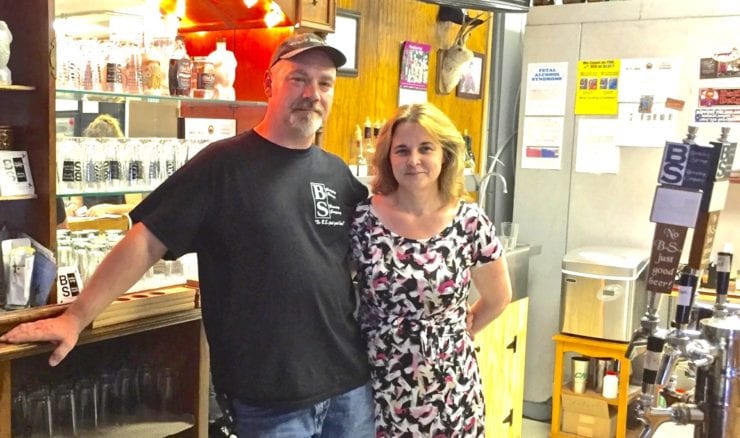
First off, lenders need to have confidence in the people leading the project. As in any small business, they like to see owners who are all-in with the business. Good entrepreneur candidates will plan to be owner-operators who relish long hours and total immersion in the brewery business. They will be individuals who desire to really connect with their communities and be a part of growing or redeveloping the local economy.
Neighborhood breweries with a taproom

Neighborhood breweries today function as de facto community centers. They are family-friendly, safe spaces where community members meet to have fun and discuss local affairs. Brewery taprooms are taking the place of neighborhood bars and taverns as the preferred place for social outings with friends and family. People develop strong loyalty and pride in their local brewery.
As for food, the preferred business model offers snacks and possibly a small amount of other light fare. They may offer some house-made, non-alcoholic sodas, teas, and smoothies, but they never lose focus that the business is first and foremost a community-based brewery that will make its reputation on the quality of its beer and how well its serves its community.
For start-ups, our lenders prefer the direct-to-consumer model. Selling small-batch beer at retail in their taproom ensures the brewer maximizes profit in the early years and creates cash flow needed to pay bills and support growth. Distribution can wait. Brew great beer and build a reputation at the brewery taproom before trying to get your beer on other people’s taps or shelves.
Jenkins says a local taproom with a 3-4 BBL system, great products, and an identity that the community recognizes as its own, can be highly profitable and a great driver of economic development for any community. NCIF finds breweries with the proper systems in place can enjoy gross sales margins of 80% to 85% and profit margins of 25%+ at their taprooms.
The restaurant money pit
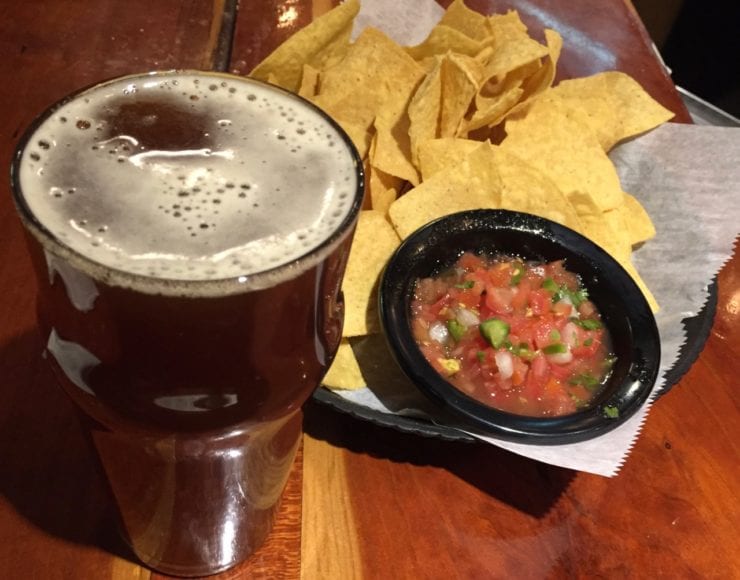
Both lenders agree that a start-up neighborhood brewpub should be very careful about investing on the restaurant side. They find brewpubs that offer full-service restaurants to be particularly risky. Running a restaurant is a whole separate skill set, and a tough one to master. Many a brewpub has gone broke on the restaurant side even though they were making money on the brewery side.
Local brewpubs with a minimal investment in food service is the preferred start-up model, especially if you are in a town or city with other food options nearby. Make a deal with close-by restaurants that will deliver or schedule in food trucks, food carts, food trailers, and/or caterers. You don’t need a full-service restaurant to succeed as a brewery taproom.
Unless you are a seasoned restaurateur, it would be wise to stay away from the restaurant business. Nationally, around 60% fail in the first three years. Fuhgeddaboudit.
Location, location, location
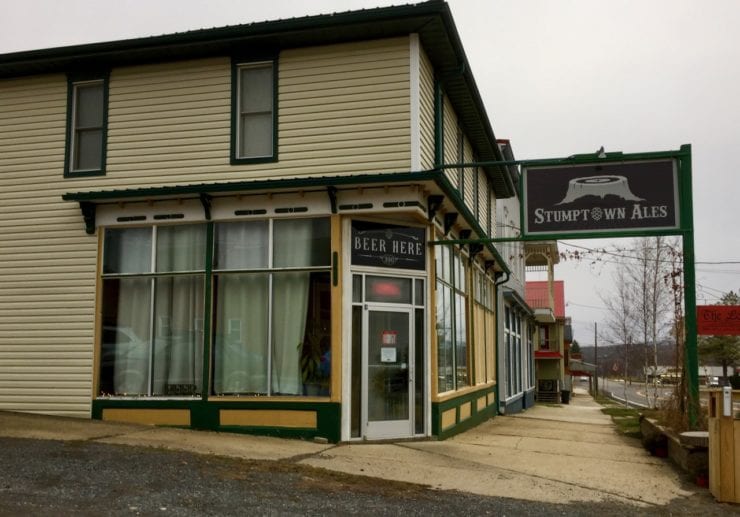
Supporting a brewery primarily from its taproom sales does mean that location becomes an important business factor. A business plan should consider a brewery location that is easily accessible to a sufficient population, one with good transportation access and decent parking.
Finding a super low-rent building out in the middle of nowhere is not normally the best idea. Establish yourself in a neighborhood or town with sufficient population to support your brewery. Ask, does this neighborhood/town already support a couple of other nice-sized bars and alcohol retailers? If yes, that could be a good place to locate.
Opening a brewery in a town that already has one brewery can be a very a good move. Two breweries are often stronger than one for building a market. It puts your area on the brewery map. Just make sure the town has the population to support two.
Both our non-profit lenders like the tourism connection. Small breweries are a tourist magnet. Tourists seek them out. That makes a location near lodging or tourist attractions a nice plus. A synergy will develop between the lodging/attraction and the brewery which will help each business grow.
The perils of distribution
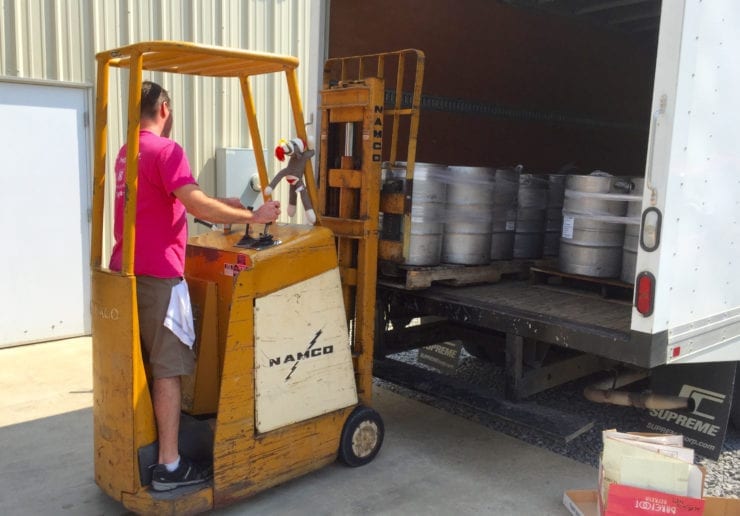
It’s very easy to get sucked into the rat race of thinking you need to see your beer on a bunch of tap handles around the state; it’s such an ego trip for a brewer. But in reality, tap handles are becoming harder and harder to get, as so many more brands and breweries are now selling in WV. Breweries and brands are growing much faster in number than are tap handles. Gaining and maintaining tap handles anywhere outside your own local area is a very expensive proposition. Considerable resources have to be expended on selling and delivering beer, cleaning beer lines, and staffing bar promotions. Distribution does not come free.
When self-distributing, if the good craft beer retail accounts are 50 or 100 or more miles away, which is so common in West Virginia, you are likely to lose money selling to them.
Selling a sixtel of high-quality beer to a retailer for $80 doesn’t sound so good when you could sell that same sixtel in 12 oz., pours for $5 each in your own taproom and gross $260. Nor does selling an account a half-barrel keg for $150 when you could sell it by the pint in-house for $600. Scale your business properly for your taproom capacity, and you won’t be stuck with so much overcapacity that you are pushed to emphasize less-profitable external distribution. Master selling beer in-house, then consider branching into distribution.
NCIF has found is that moderately scaling is key.
“Opening a small taproom focused on your local community is the model that works; this can include local delivery of kegs to restaurants and bottles/cans to local bottle shops,” writes Jenkins. “But NCIF has found breweries in trouble when they are attempting to grow rapidly to fulfill large scale distribution, especially at start-up. The landscape today in distribution is highly competitive.”
The distribution perils also apply to small packaging breweries that operate bottling and canning equipment. Jenkins observes that the number of breweries is growing fast, but grocery stores are not getting any bigger.
“Limited shelf space means the likelihood of breaking into the distribution scene and being profitable is low. A lot of capital will be expended cracking new markets where your taproom does not operate. ”
“It’s not to say that distribution is wrong,” Jenkins stresses, “as NCIF has seen success here as well, but that it has to be a very deliberate strategy, with patient investors and a distributor that you can trust to act in the best interest of the brewery.”
So you want to start a brewery?
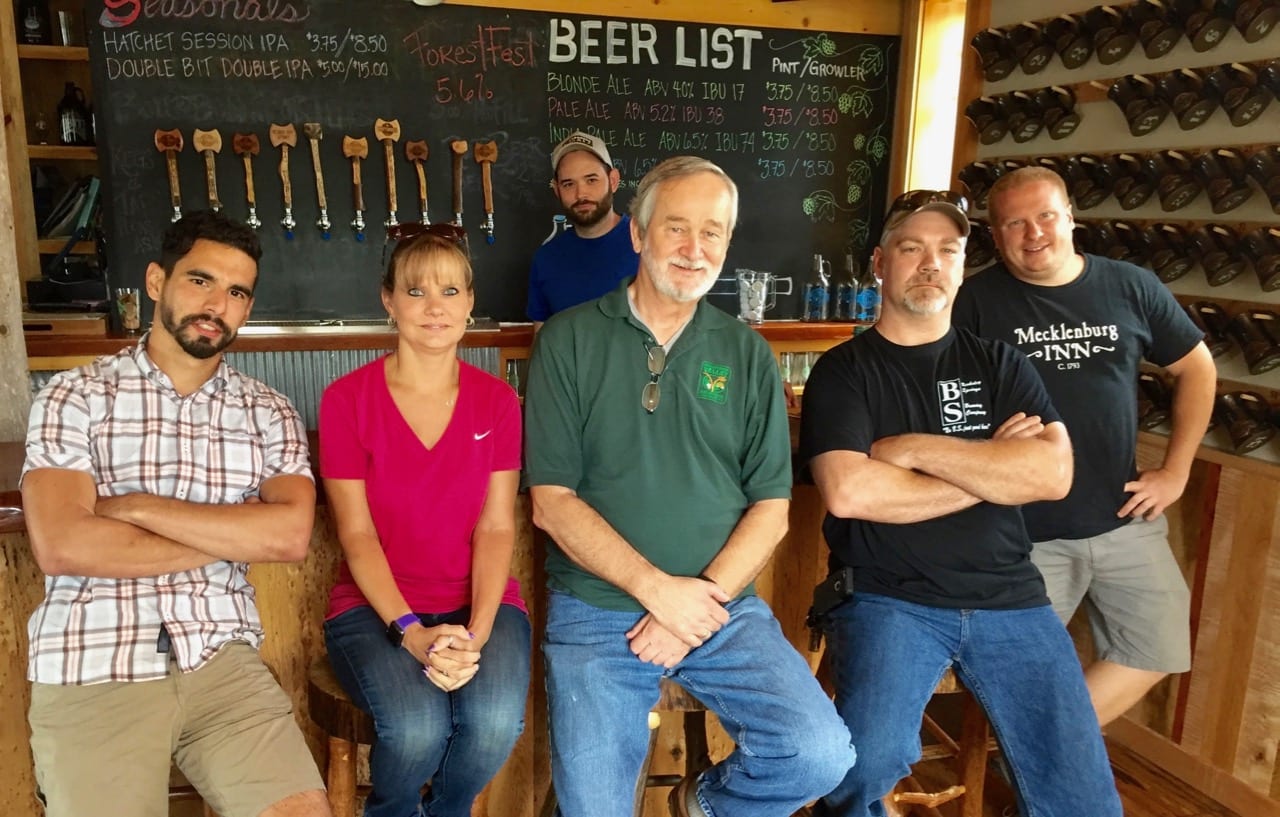
How many more breweries can West Virginia support? The Progress Fund’s David Kahley thinks quite a few. “Coffee shops taught us that,” he said.
Kahley says he looks for thoughtful, imaginative, passionate business owners. TPF wants projects that add to the strength of their communities. While he does have preferences in brewery business models, he has a lot of flexibility about the kind of project he will get involved in. Thirty percent of all the loans they do are for start-ups.
“Drink crafters are community anchors,” said Kahley. “We think they play an important role in the neighborhoods we’re already working to build, so we can be a lot more flexible for them than a traditional bank or lender.”
“We’re not lending to make money like a bank does. We’re a non-profit because we want them to succeed.”
NCIF leans toward brewery projects that lend support to broader social goals, such as small town Main Street redevelopment, ecotourism, value-added local agriculture, and energy efficiency.
Marten Jenkins, NCIF’s president & CEO describes his organization’s role as supporting entrepreneurs in economically distressed areas who create jobs by growing environmentally responsible businesses and providing vital community services. NCIF wants to help build thriving communities with diverse economies and strong local food systems. They see small breweries fitting well into that concept.
Categories of loan support

There are several main categories of things our two non-profit lenders will make loans for in a small brewery project.
The Progress Fund will fund the purchase of real estate and equipment and some working capital, but does not fund marketing activities. In West Virginia, TPF will focus its work from the New River Gorge area north through Charleston to Morgantown and the Northern Panhandle.
NCIF loans can fund fixed assets, such as equipment, real estate, and technology; working capital to grow sales through increased inventory, hiring, or marketing; and energy efficiency upgrades or renewable energy installations. NCIF looks for projects across the state.
NCIF likes working with banks and other lenders on projects. TPF leans toward taking on brewery start-ups as the sole lender, but will also work with others.
Neither lender should be considered a below-market or low-cost lender. Their lending rates are competitive with the market. They are, however, lenders who provide access to capital for projects that banks often ignore or for entrepreneurs unable to obtain traditional bank financing. When they take more risk, they may charge higher rates, The great thing about both of these non-profit lenders serving WV is that they really work closely with the entrepreneur to help them build sound business strategy and practice. Their past experience with start-up breweries and distilleries means they are qualified to do a good bit of hand holding with the entrepreneur, helping guide them to business success. It is much more of a business partnership than you find with a traditional lender.
Both NCIF and TPC are Community Development Financial Institutions, meaning each is a non-profit, non-governmental entity that represents the community with a primary focus on lending money to create opportunity in economically distressed areas. While no two CDFI’s are exactly alike, both of these are interested in seeing promising brewery start-up projects.
Links
The Progress Fund of Greensburg, PA
Natural Capital Investment Fund of Shepherdstown, WV

